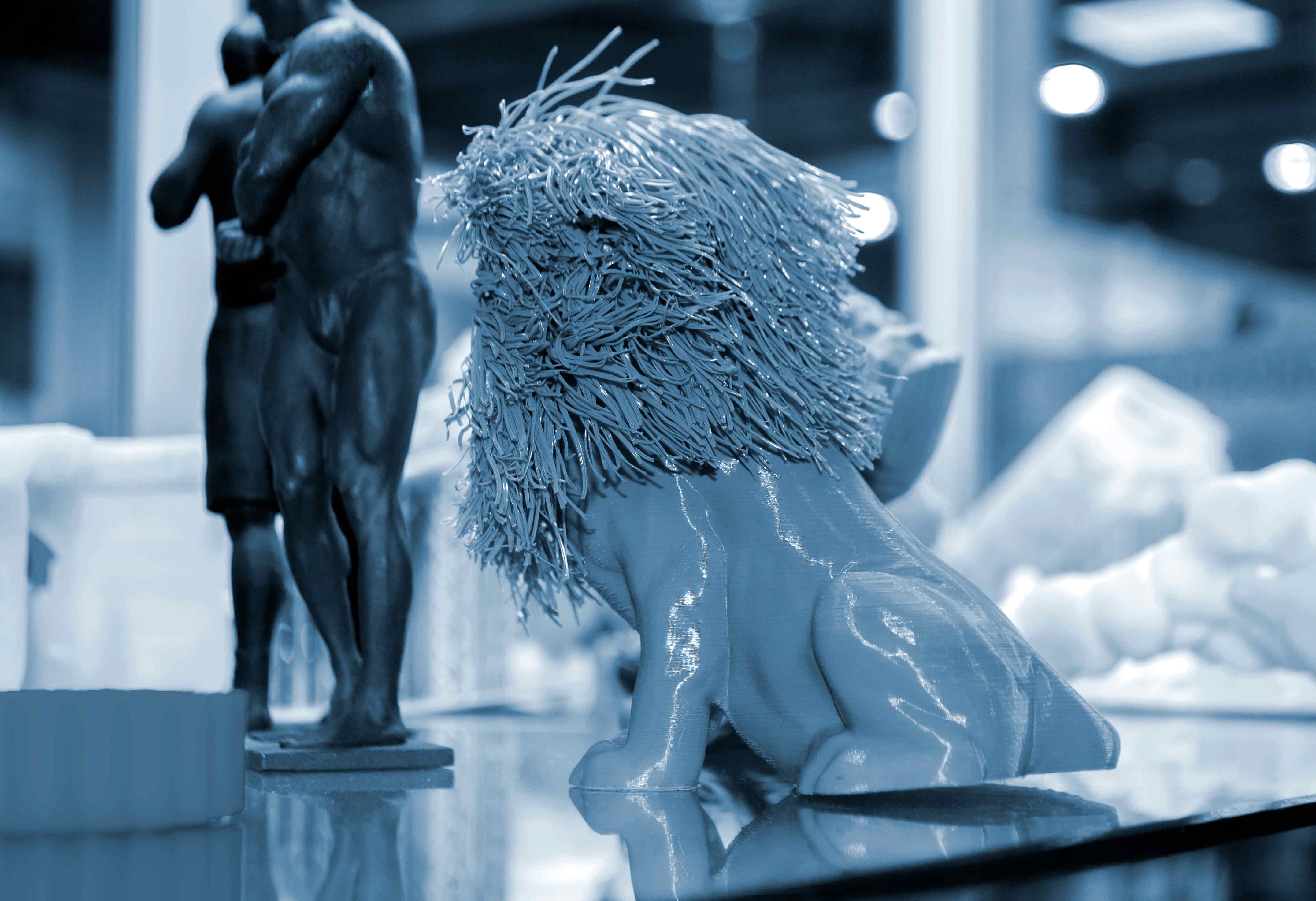Printing Process:
● Multi Jet Fusion (MJF): Uses a layer-by-layer approach where a thin layer of powdered material is spread over the build platform. A fusing agent is selectively applied, followed by heating to solidify the material. This process is repeated until the part is complete.
● PolyJet: Works similarly to an inkjet printer, depositing tiny droplets of photopolymer onto the build platform. These droplets are then cured with UV light to solidify each layer. PolyJet can deposit multiple materials simultaneously, allowing for varied material properties within a single part.
Material Properties:
● MJF: Primarily uses thermoplastic materials like Nylon PA12, PA11, and TPU, known for their strength and durability.
● PolyJet: Utilizes photopolymers, which can range from rigid to flexible. PolyJet also supports “digital materials,” which are combinations of multiple photopolymers to achieve specific properties.
Surface Finish and Detail:
● MJF: Produces parts with excellent surface finish and fine details, though some post-processing, like bead blasting, may be required.
● PolyJet: Known for its high-resolution prints and smooth surface finish, making it ideal for prototypes and models where aesthetic detail is crucial.
Color Capabilities:
● MJF: Offers limited color options, typically grayscale shades, though recent advancements have expanded its color palette.
● PolyJet: Excels in color capabilities, allowing for full-color prints and the use of multiple colors within a single part.
Applications:
● MJF: Suitable for functional prototypes, end-use parts, and small to medium production runs. Common applications include automotive components, consumer goods, and medical devices.
● PolyJet: Ideal for prototypes, conceptual models, and presentation pieces where visual and tactile qualities are important. It is often used in industries like consumer goods, medical modeling, and entertainment.
Post-Processing:
● MJF: Generally requires less post-processing compared to other methods, but some finishing work, like vapor smoothing, may be needed.
● PolyJet: Involves removing support materials, which can be done using a water jet and chemical dip.












